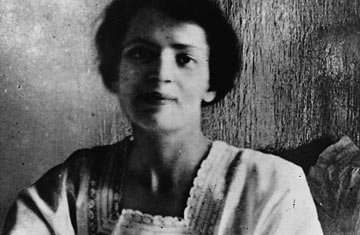
In July 1918, Bolshevik revolutionaries marched the Russian royal family — Czar Nicholas II, his empress and their five children — and their staff down to the cellar of the house in Yekaterinburg where they were living in exile and shot them dead. Two years later, a woman appeared claiming to be the csar's youngest daughter, Anastasia, and heiress to the Romanov line. Two brothers named Tchiakovsky, she insisted, had carried her out of the bloodied basement and into Romania and safety. Romanov relatives rebuffed the woman, Anna Anderson, as an impostor; a German journalist speculated that she was really Franziska Schanzkowsky, a Polish girl who had disappeared from a Berlin boarding house shortly before "Anastasia" had first turned up in a nearby canal. But Anderson found some supporters, including Maria Rasputin, daughter of the "mad monk" Grigori Rasputin, a close adviser of Nicholas II and his wife. Anderson's tale—which has inspired many books and, most famously, the 1956 film Anastasia starring Ingrid Bergman—was finally debunked in the 1990s, when posthumous DNA evidence proved she was not related to the royal family.